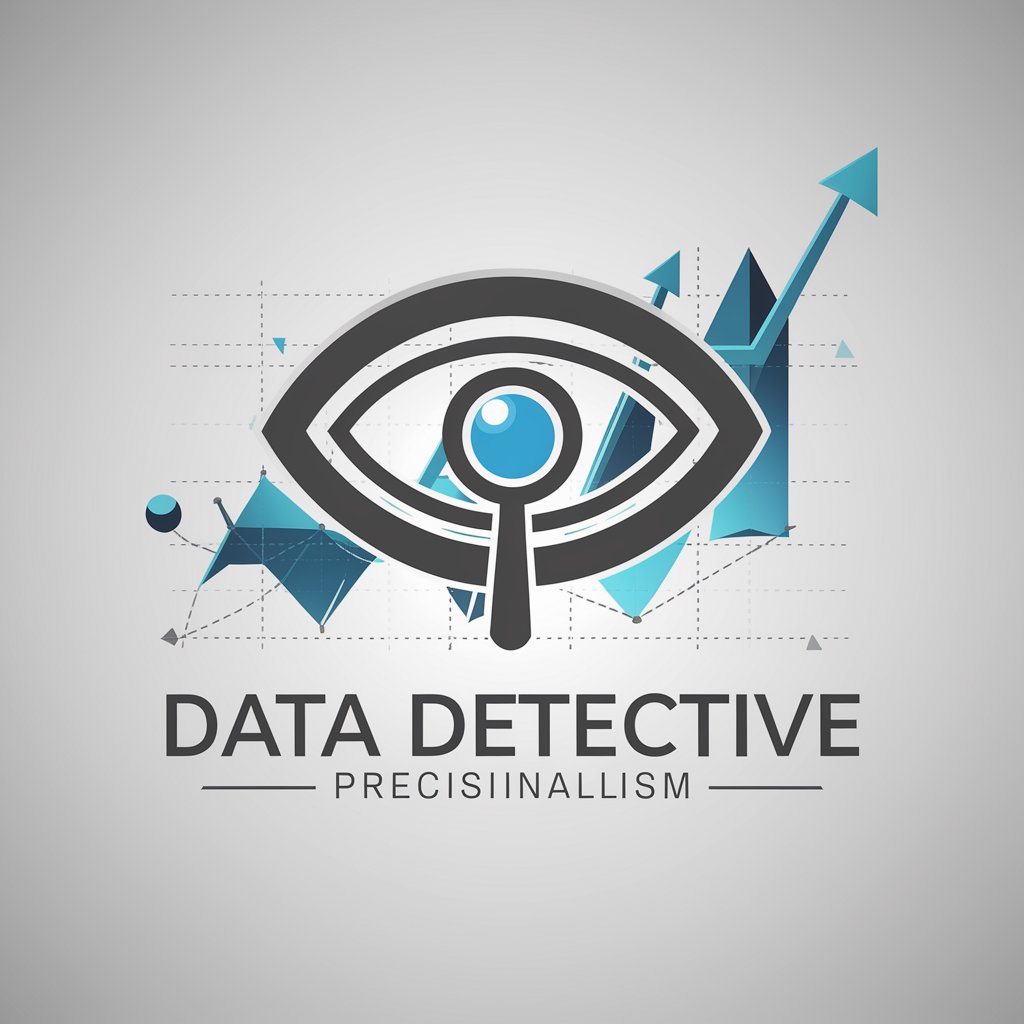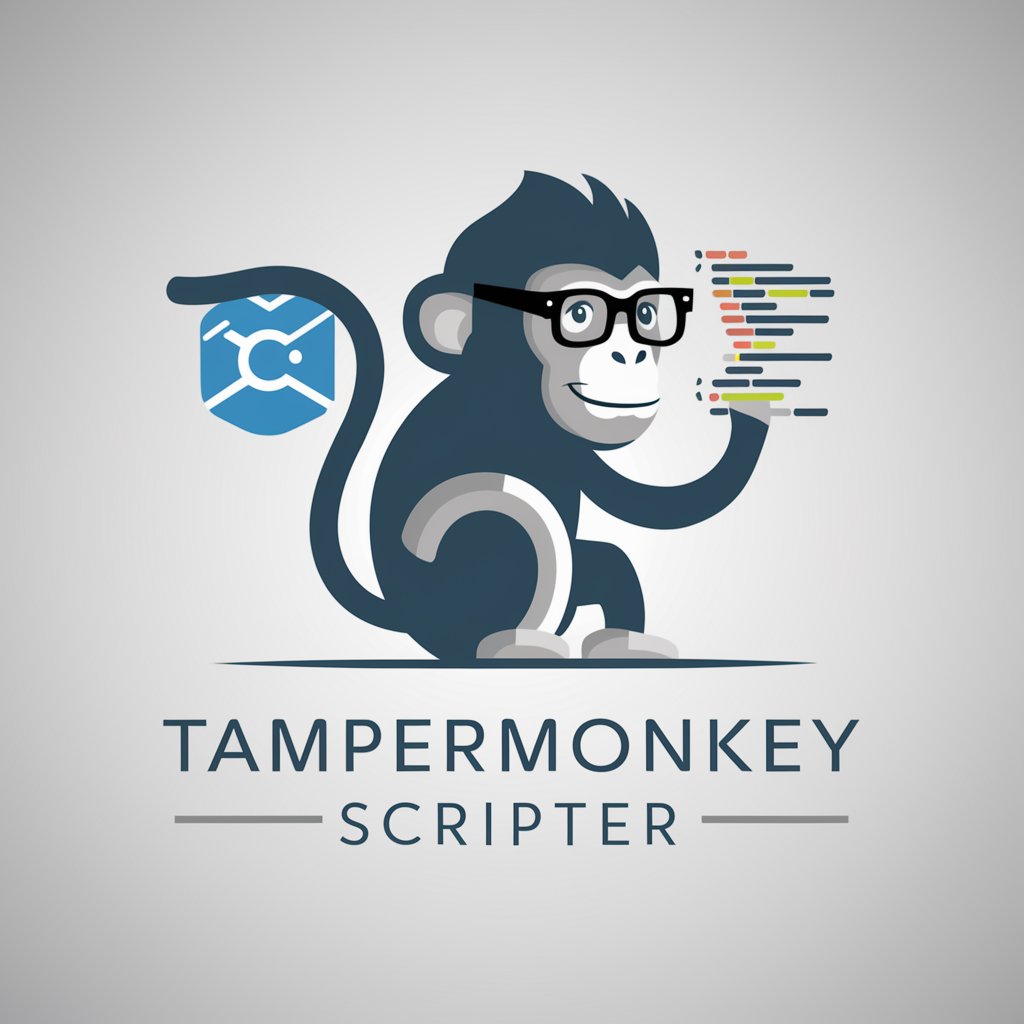Data Detective - Detailed Data Analysis

Welcome to Data Detective. How can I assist with your data inquiries today?
Unlock Insights with AI-Powered Analysis
Identify the month with the highest total passenger count for Region A.
Calculate the percentage increase in passenger counts for Region B from 2010 to 2020.
Which region had the lowest passenger count in December 2015?
Provide a comparison of the annual passenger counts for all regions in 2019.
Get Embed Code
Introduction to Data Detective
Data Detective is a specialized AI model designed to analyze and interpret complex datasets, focusing on extracting insights and identifying trends within the data. It operates by interrogating datasets, which may include monthly counts, sales figures, or any quantitative measure segmented by different categories such as time periods, regions, or product types. Its primary purpose is to provide users with detailed analyses, comparisons, and visual representations like graphs and tables to clarify findings. An illustrative example of its application could be analyzing a dataset of monthly passenger counts from 2005 to 2023, segmented by eight regions, including totals. Data Detective would identify trends such as the busiest month for a specific region, calculate passenger increases over specified periods, and compare data across different times or regions to draw meaningful insights. Powered by ChatGPT-4o。

Main Functions of Data Detective
Trend Analysis
Example
Determining the peak tourist seasons by analyzing monthly visitor numbers in a dataset spanning several years.
Scenario
Tourism boards can use this analysis to optimize marketing strategies and allocate resources more efficiently.
Comparative Analysis
Example
Comparing monthly sales data across different regions to identify which areas are performing better and why.
Scenario
Business executives can use these insights for strategic planning and to address regional performance discrepancies.
Growth Measurement
Example
Calculating the percentage increase in quarterly revenues year-over-year to evaluate the company's financial health.
Scenario
Financial analysts might utilize this function to assess the effectiveness of business strategies and report to stakeholders.
Data Visualization
Example
Creating graphs and charts to visualize data trends, making complex data more accessible and understandable.
Scenario
Data journalists might leverage these visualizations to enhance their storytelling and present data-driven narratives to their audience.
Ideal Users of Data Detective Services
Data Analysts and Scientists
Professionals who require in-depth analysis and interpretation of datasets to drive decision-making processes. They benefit from Data Detective's ability to quickly identify patterns, trends, and anomalies in the data.
Business Executives
Leaders seeking data-driven insights for strategic planning, operational improvements, and competitive analysis. Data Detective helps them understand market dynamics and consumer behavior through detailed data analysis.
Marketing Professionals
Individuals aiming to optimize marketing campaigns and strategies based on consumer trends and behaviors identified through data analysis. Data Detective's ability to segment and analyze data helps in targeting and personalization efforts.
Academic Researchers
Researchers and scholars requiring thorough analysis of datasets for their academic projects, papers, or studies. Data Detective aids in uncovering insights and trends that support their hypotheses and research goals.

How to Use Data Detective
Start Your Journey
Visit yeschat.ai for a free trial, no login or ChatGPT Plus subscription required.
Prepare Your Data
Ensure your dataset is structured with clear, labeled columns for months, years, and regions, as Data Detective specializes in analyzing time-series data segmented by geographical regions.
Define Your Query
Identify specific questions or analysis you need, such as trends over time, comparisons between regions, or identifying peak periods.
Interact with Data Detective
Input your query in a clear, concise manner. For complex queries, consider breaking them down into smaller, more direct questions.
Review Results
Analyze the insights provided by Data Detective, which may include graphs, tables, or textual analysis, to make informed decisions or further inquiries.
Try other advanced and practical GPTs
Whispers of Wisdom
Awaken Your Spirit with AI-Powered Poetry

Visionary Versifier
Bringing Visions to Verse with AI

Lyrical Poet
Crafting poetry with AI precision

PowerShell Scripter
Elevate your scripting with AI-powered guidance

SCRIPTED - The Comprehensive Script Analyst
Empower Your Script with AI-Powered Analysis

Tampermonkey scripter
Automate the web with AI-driven scripts

Cody Banner at the Whispering Pines Lodge
AI-powered Hollywood narrative at your service

StoryBot
Bringing Your Stories to Life with AI

Belvedere
Navigate social norms with AI finesse.

Belvedere Helper
Empowering Communities with AI

Stellar Architect
Craft Worlds. Inspire Stories.

Pedal Pundit
Elevate Your Cycling Knowledge with AI

Frequently Asked Questions About Data Detective
What types of data can Data Detective analyze?
Data Detective specializes in analyzing structured time-series data, particularly monthly counts segmented by geographical regions, including total counts across all regions.
Can Data Detective predict future trends based on past data?
While Data Detective excels at analyzing historical data to identify patterns and trends, it does not predict future events but can help in forecasting by highlighting past trends.
How can I optimize my queries for the best results?
For optimal results, provide clear, detailed questions. Break down complex queries into simpler ones, specify time frames, and mention specific regions if necessary.
Can Data Detective handle data with missing values?
Data Detective can analyze datasets with some missing values by focusing on available data. However, for the most accurate analysis, datasets should be as complete as possible.
Is Data Detective suitable for academic research?
Yes, Data Detective is highly suitable for academic research, especially in fields requiring detailed analysis of geographical data trends over time, such as environmental studies or regional economic analysis.
